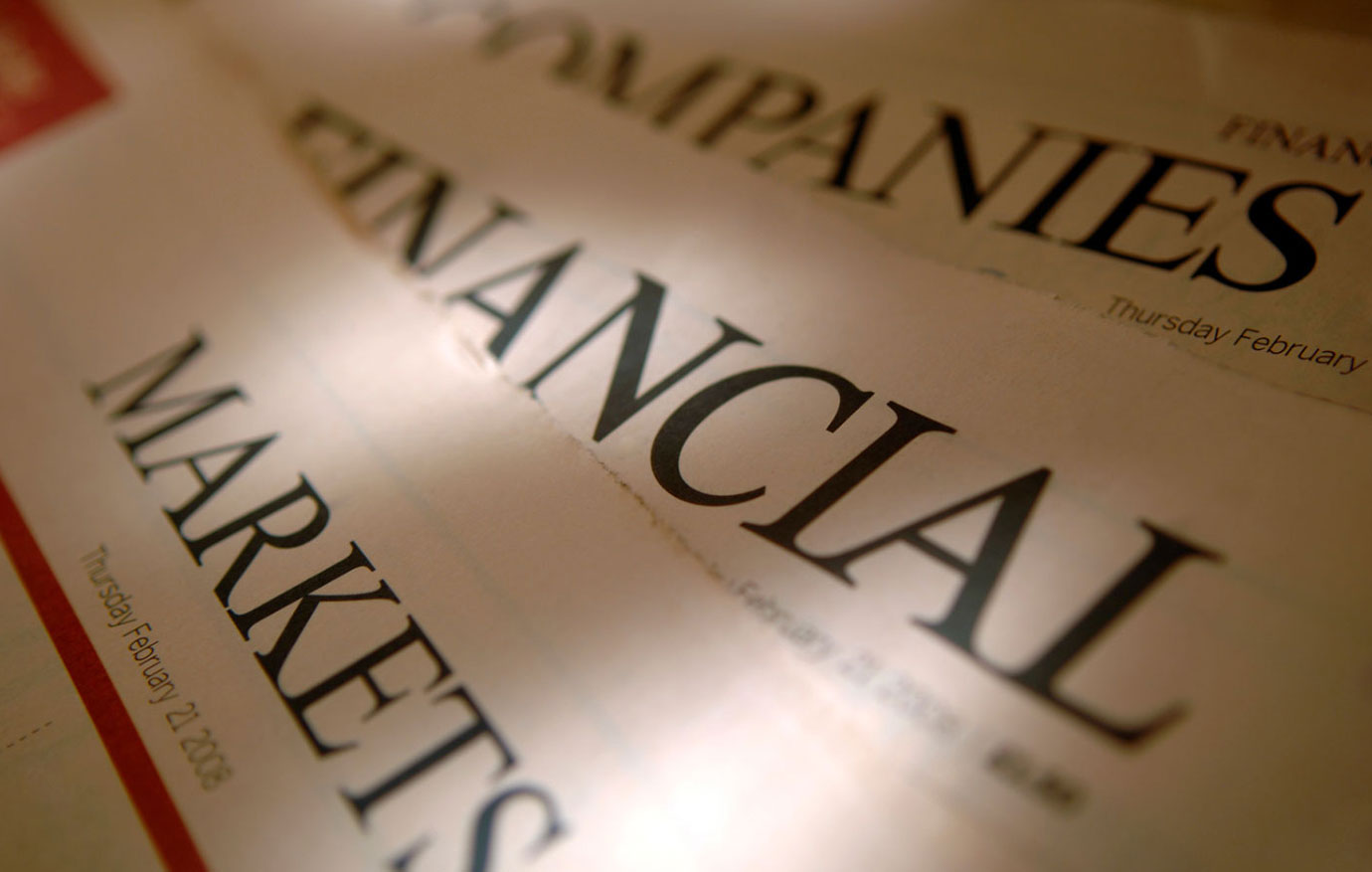One of the most-watched inflation metrics showed a slight slowdown Wednesday, a sign that the price growth that has bedeviled the U.S. economy may be easing.
Consumer prices rose 3.3% on a 12-month basis in May compared to 3.4% in April, according to data released by the Bureau of Labor Statistics. That was also below expectations for an unchanged 3.4% reading.
The fine print of the report also provided economists with some reasons for optimism that inflation — the rate at which prices rise — is normalizing.
On a monthly basis, inflation was 0% — the lowest since July 2022. Excluding volatile food and energy prices, the monthly reading was 0.2% — the lowest since October.
Excluding more volatile food and gas items, the 12-month consumer price index (CPI) slowed to 3.4% — also an improvement from the 3.6% seen last month, ahead of expectations for 3.5%, and the smallest increase since April 2021.
Services prices excluding energy, which include medical, transportation and housing items, climbed just 0.2%.
While those figures represent an improvement from the nearly 10% inflation rate seen two years ago, the CPI has now been stuck at 3% to 4% for nearly a year.
In determining whether to start lowering interest rates, the Federal Reserve is likely to look favorably on Wednesday’s reading. Still, it is expected to announce later in the day that, for now, rates will remain unchanged, remaining at the levels they’ve been for approximately a year.
”This was unequivocally a good report,’ said Olu Sonola, Fitch Rating’s head of U.S. economic research, in a note following the labor report’s release. “The core services print of 0.2% was the lowest since September 2021 and that will definitely boost confidence if that trend continues over the next couple of months. While the door to an interest rate cut in July is effectively shut, the window still looks open for later on this year.”
Paul Krugman, a Nobel Prize-winning economist and New York Times columnist, declared, ‘Inflation has basically been defeated.’
Others weren’t ready to go that far. “May’s CPI represents a battle, but the war against inflation continues,” Bankrate Senior Economic Analyst Mark Hamrick said in a statement.
The Federal Reserve, which is tasked with trying to control inflation, has sought to slow the pace of price increases by raising interest rates. Today, credit card rates stand at more than 20%, according to Bankrate, while mortgages and many auto loan rates are above 7%.
By making it more expensive to borrow money for goods and services, the Fed hopes to slow demand and thereby reduce upward pressure on prices. When consumers can easily make purchases and investments, businesses are more inclined to raise prices.













